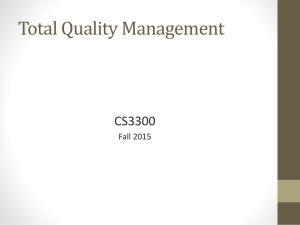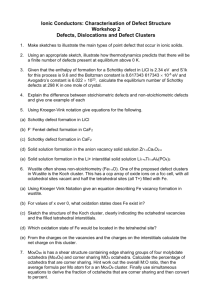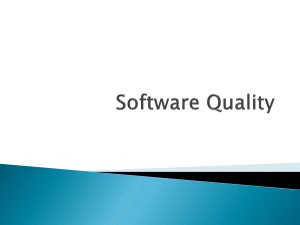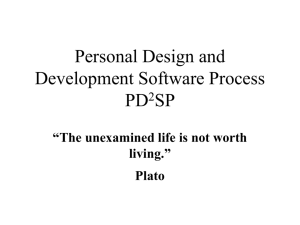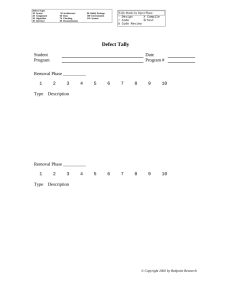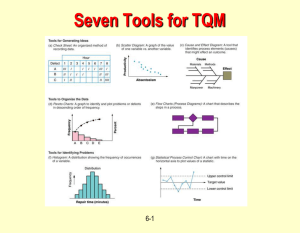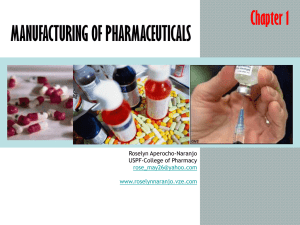Plan of This Course
advertisement
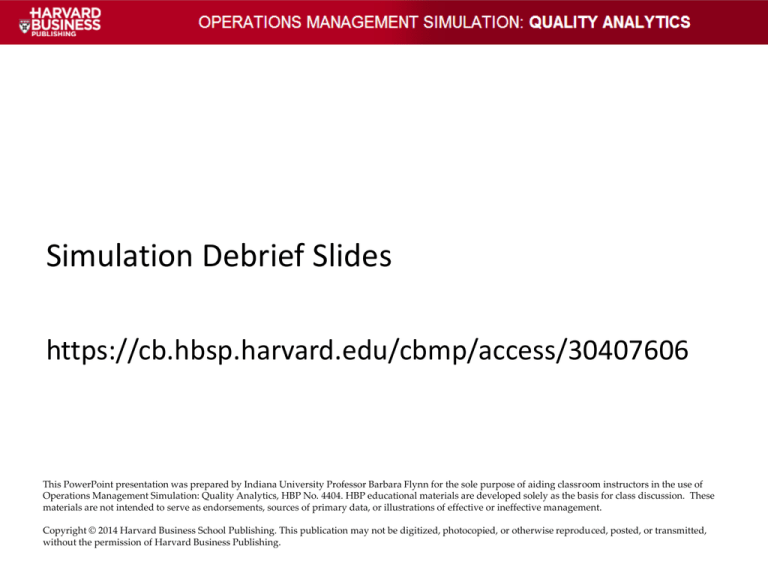
Simulation Debrief Slides https://cb.hbsp.harvard.edu/cbmp/access/30407606 This PowerPoint presentation was prepared by Indiana University Professor Barbara Flynn for the sole purpose of aiding classroom instructors in the use of Operations Management Simulation: Quality Analytics, HBP No. 4404. HBP educational materials are developed solely as the basis for class discussion. These materials are not intended to serve as endorsements, sources of primary data, or illustrations of effective or ineffective management. Copyright © 2014 Harvard Business School Publishing. This publication may not be digitized, photocopied, or otherwise reproduced, posted, or transmitted, without the permission of Harvard Business Publishing. Common (Natural) Causes of Variation • Appear to be inherent in a process • Pervasive, affect all production unless they are addressed • Addressing common causes requires significant investments • Only management can address common causes, because of the investments required • Determines the control limits Assignable Causes of Variation • Can be readily addressed by process operators • Do not require a significant investment • Variation that occurs outside of the control limits • Addressing assignable causes returns the process to its “normal” variability (determined by common causes) Sample Means from Beer-Filling Line Mean Chart for Samples from Beer-Filling Line Mean Charts for Two Processes Mean Charts for Two Beer-Filling Lines Range Chart for Samples from Beer-Filling Line Stylized Control Charts for Two Different Processes Target Shooting Results Control Charts for Factory Factory Control Charts, One for Each Shift Examples of Control Chart Patterns When to Recalculate Control Limits? • Control limits should remain constant, unless there is reason to believe that the underlying common causes have changed – Change in the process design – Purchase of a new piece of equipment – Significant change in materials • Changing control limits without a good reason can lead to erroneous conclusions about the process Type I Error: False Positive • Concluding that a process is out of control, when it actually is in control • Caused by control limits that are narrower than they should be Type II Error: False Negative • Concluding that a process is in control when, in fact, it is our of control • Caused by control limits that are wider than they should be Internal Defect Costs • The cost of defects discovered before the product is in the hands of the customers • Cost of scrapping defective items – Material – Labor • Cost of reworking defective items External Defect Costs • The cost of defects discovered after the product is in the hands of the customers • Can be very substantial – Warranty costs – Recall costs – Lawsuits – Negative word of mouth Appraisal Costs • The cost of running an internal inspection operation • Labor costs for QC inspectors • Equipment costs, such as gauges and measurement devices • Destructive testing costs, where applicable Prevention Costs • • • • • The cost of preventing defects from occurring Training costs Cost of changing to a more reliable supplier Cost of changing to better raw materials Investments in equipment Relationship Between Costs of Quality • Investments in appraisal – More defects found before product is in the hands of the customers – Increases internal defect costs – Reduces external defect costs – Reduces the total cost of quality • • • • Internal defect costs External defect costs Appraisal costs Prevention costs Relationship Between Costs of Quality • Investments in prevention – Produces fewer defects in the first place – Reduces internal defect costs – Reduces the need for investments in appraisal – Reduces the total cost of quality • • • • Internal defect costs External defect costs Appraisal costs Prevention costs Optimal Amount of Inspection

